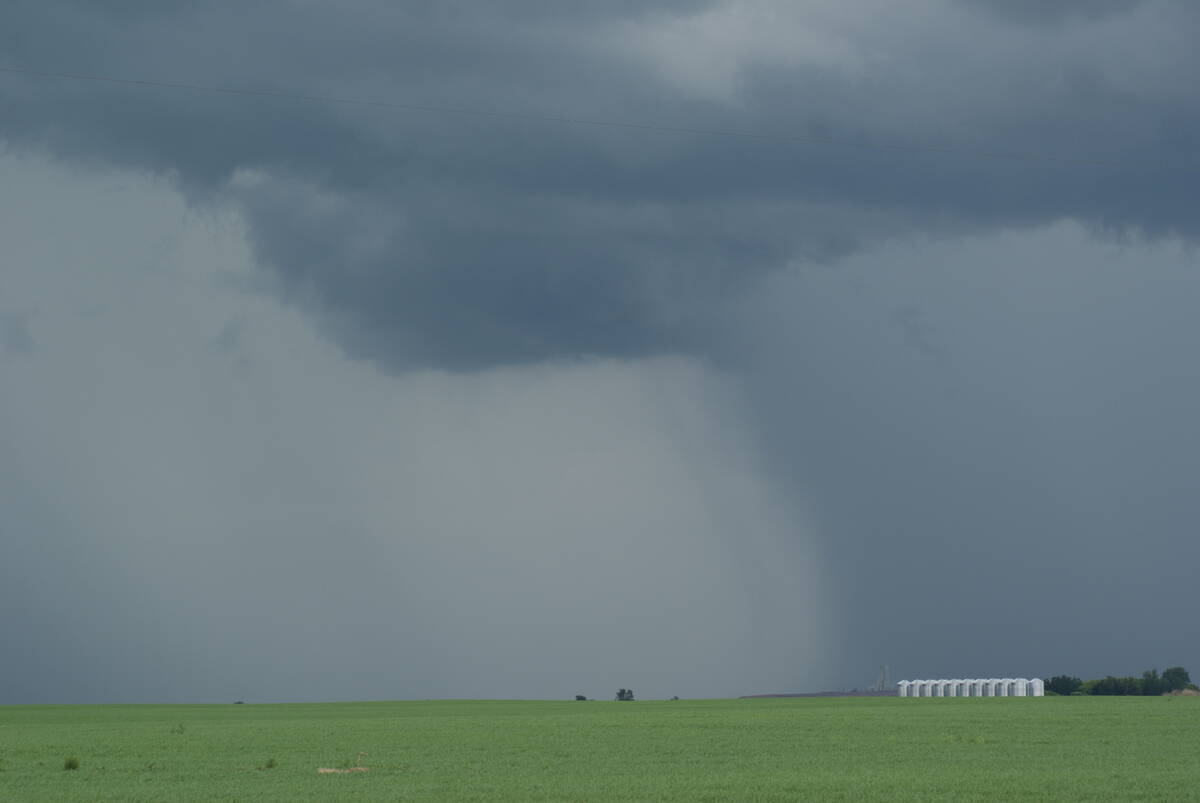What to do with the big surplus accumulated by the Canadian Grain Commission has polarized producer opinion more starkly than any debate since the end of the Canadian Wheat Board monopoly.
When the CGC announced that it would provide enhanced services to producers to whittle away $90 million of its surplus, a flurry of news releases ensued, some with praise and others with condemnation.
The more right wing view championed by the Western Canadian Wheat Growers Association, the Alberta Wheat Commission and Alberta Barley is the money should be returned to farmers by cutting fees. This is farmer money and how dare the CGC use it to build up its little empire.
Read Also

Canadian farmers need new tools to support on-farm innovation
Farmers need a risk management buffer that actually works and investment that drives advancements forward if Canada is to build resilience.
The CGC has reduced fees to hopefully stop the accumulation of additional surplus with $40 million being retained as a reserve. However, returning the other $90 million to farmers would not be a straight-forward task.
Most of the money collected by the CGC comes from outward inspections of grain vessels and those fees are paid by the grain companies. Further cutting inspection fees would save grain companies some money.
In theory, in a competitive marketplace, less expense for grain companies should mean higher bids paid to producers for their grain. In practice, there’s no way to track that trickle-down effect. This spurred the CGC decision to provide service enhancements to producers so tangible benefits could be demonstrated.
The first $4 million will be spent to provide additional information to producers submitting harvest samples of wheat. In addition to an unofficial grade and protein content, participating producers will now get a DON testing result as well as a falling number for their sample. This might encourage more producers to submit harvest samples, a benefit for the entire Canadian export program.
That’s $4 million committed and another $86 left to go. Can the CGC be trusted to come up with other equally smart and beneficial ways to spend the rest? They will certainly be under a lot of scrutiny given the vitriol generated over the issue.
The Saskatchewan Wheat Development Commission and the Agricultural Producers Association of Saskatchewan support the CGC approach, but whether they will be happy with subsequent programming decisions remains to be seen.
The Western Canadian Wheat Growers Association says it’s outraged by CGC actions and this seems to be an issue the organization really wants to sink its teeth into. The debate won’t go away any time soon, but for producers, it won’t be an all-consuming fight like the one over the Canadian Wheat Board monopoly.
And while farmers and farm groups have differing views of how to deal with the surplus, a bigger overriding issue remains.
Due to government cost cutting, the CGC has to cover the vast majority of its operating costs by charging fees. Outward inspection is the cash cow bringing in most of the revenue. Exporters say those fees are higher than what competing countries pay.
What’s more, CGC outward inspection is required even though many importing nations want an inspection and grading certificate from different entities. In those cases, the CGC should act as an overseer and not be charging a full fee for a service that isn’t required.
The CGC is forced to be a service provider charging fees while also being a regulator. This systemic issue is more important than the arguments over how to handle a one-time surplus.















